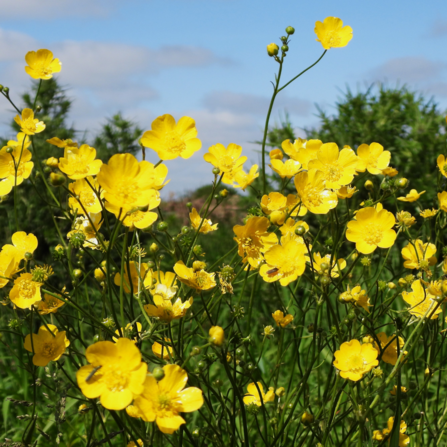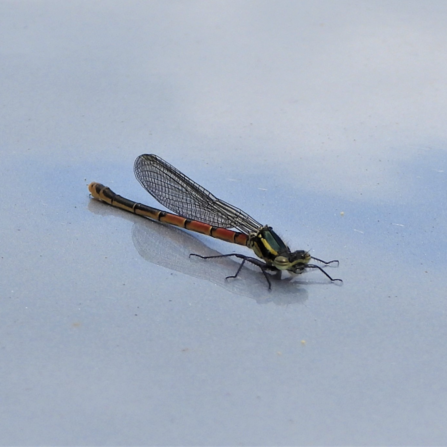
A curious House Martin looking straight at the camera from it's nest. Photo by Dave Steel
Discordant song and twittering filled the air as my 30 Days Wild got off to a lively start.
Today was a visit to a corner of positivity and refuge offered by people who “get it” about nature and its plus-plus-plus feelings that really can/does lift us all IF we pay a bit of attention to our “wild”.
The owners of this farmstead, now busy with horse stables, are deservedly proud of the other guests they offer accommodation to and were happy to let me observe the busy lives of their house martins and swallows. They have returned from their wintering grounds in Africa to produce the next generation of delightful birds.


























